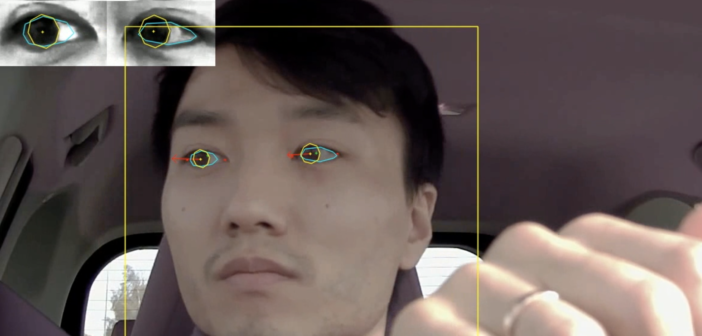Automotive development software specialist Basemark has revealed what it says is the world’s first cross-platform eye-tracking application for automotive OEMs, ahead of driver monitoring systems being mandated by the European Union in all new cars by 2026.
“Driver monitoring systems are becoming a new safety standard for all vehicles, and every OEM will have to implement one. With our unique, cross-platform implementation, we enable OEMs to more rapidly and more cost-efficiently develop this system in their cars,” said Tero Sarkkinen, CEO of Basemark. “This advancement will help make roads a safer place for everyone while pushing Basemark to the forefront of automotive industry innovation.”
The company’s Rocksolid Core OS features an eye-tracking-based driver monitoring system which is claimed to notice driver drowsiness or distraction by following the driver’s gaze. It is able to detect drowsiness, impairment or distraction by the driver’s eye and head movements and reacts accordingly. Combined with other advances within the Rocksolid Core OS, such as object detection, safe instrument cluster, and lane-keeping assistance, the new functionality opens the door to using eye-tracking instead of handgrip on the wheel as an indicator of driver inattention.
For automotive OEMs, implementing driver monitoring systems has traditionally been a costly and time-consuming process. Basemark says it alleviates this pain point by providing a licensable reference design application, that is readily portable to practically any hardware and software environment. This enables OEMs to re-use the same application across their premium, medium, and volume models, each of which may have different processors and software stacks.
“We enable OEMs to implement a drive-monitoring system with eye-tracking capability in a cost-efficient way,” continued Sarkkinen. “The most special aspect of our eye-tracking capability is that it runs on our inference engine that’s accelerated by a GPU through Vulkan, making it easily portable to various GPUs. This makes it easy for any automotive OEMs to build world-class eye-tracking capabilities across their product portfolio.”


